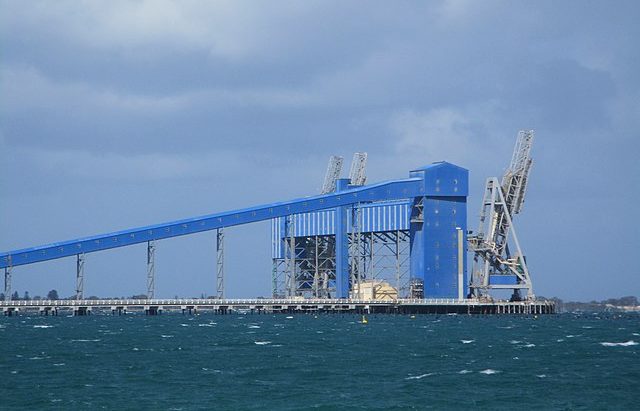India on August 6, 2025 earned 50% U.S.’ import tariffs after rejecting a promising deal in the interest of Ag and dairy. The two sub-sectors are currently on course to registering a bumper trade year with the United States.
President Donald Trump of the United States pegged the decision to India’s oil imports from Russia and traditionally high duties.
If the tariff remains, it will be the highest on a traditional U.S.’ ally, equaling Brazil’s partial 50% and surpassing China’s 30%.
For India, the tiff is hedged on agriculture because farmers pressured their government to refuse any booby trap.
Before July 8, 2025 amid free trade agreement speculations, farmers’ groups such as Kerala’s Samyukta Kisan Morcha (SKM) protested.
Prime Minister Narendra Modi on August 6 fired back on their behalf, saying that “India will never compromise.”
The Global Trade Research Initiative now fears a slash in India’s $86 billion+ exports to the U.S. by 50%, reports the New York Times.
Steady Agricultural Exports
And yet, these same exports rose to $3.4727 billion in the first half of 2025, 24.1% above 2024’s.
Similarly, Ag imports by India from the United States for half-year 2025 gained 48.1%, year-on-year, to $1.1358 billion.
The Indian Express writes that if the export pace continues, annual bilateral agricultural trade might reach $7.7 billion.
Leading agricultural exports by New Delhi to Washington include dairy, fabrics and seafood while those from stateside feature tree nuts.
In late 2023, the United States got headway after India cut hefty tariffs on live ducks, lowering previously high import prices.
The current redline between the two sides remains ethanol, dairy and genetically modified foods.
India imported $420 million in ethanol shipments for medicinal uses from its ally in 2024, but refused biodiesel overtures.
The U.S. has also met with a dead end in shipping GM maize and oilseeds to India, but vegetable oil trade is thriving. Like other Ag sectors, soybean oil exports from stateside to India is at a current high. On May 31, 2025, Delhi gave the imports a shot in the arm by cutting tariffs by almost half, to 16.5%.
The United States also wants cheaper dairy trade with Delhi but farmers won’t hear of it, another sticking point.
Finally, the political point of oil imports from Russia on account of its war with Ukraine has lately come up. PM Modi on August 6 accused Western nations, without naming them, of also importing Russia’s products such as uranium.
Where further negotiations are heading is unknown for now, especially for agriculture. As such, the next statistics array key agricultural goods between the two sides with their respective tariffs.
India-United States Ag Tariffs Statistics
Mutual tariffs stand in the middle of the India-United States bilateral trade value totaling $190 billion in 2024-25. In 2023, the value was at $126.9 billion, per India’s Parliament, out of which agricultural bilateral trade absorbed $7 billion. Yet, the vision to realize $0.5 trillion in trade by 2030 hangs in the balance due to ever-increasing tariffs. These exacerbated on August 6, 2025 when the U.S. imposed 50% duty on all India goods.
How high are Ag tariffs by the U.S. on India?
The U.S. imposed 50% tariffs on India’s goods, including agriculture, in early August 2025. This was partly in order to tackle a 2025 bilateral trade imbalance of $45.6 billion that favors India.
Which agricultural produce/products from the U.S. does India tax heavily?
The table below, courtesy The Global Statistics, the Indian Express and the USDA, arrays U.S.’ Ag exports that India taxes.
| Ag Product | Tariff Rate |
| Textile Fibers | 50% [2025] |
| Pecans | 30% [previously 100% before 2023] |
| Chickpeas | 30% [previously 60% in 2018] |
| Ducks and Turkeys | 5% [previously 30% before 2023] |
| Soybean oil | 16.5% [previous over 28%] |
